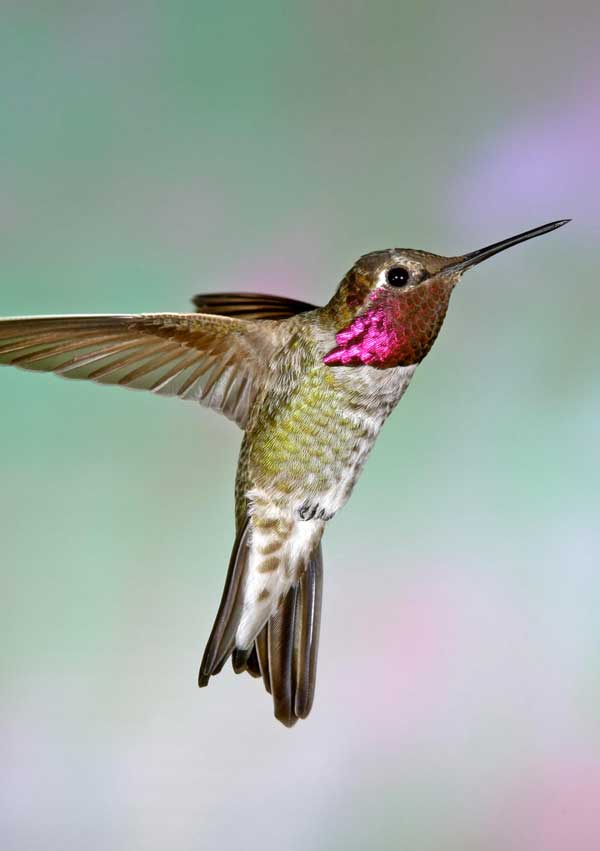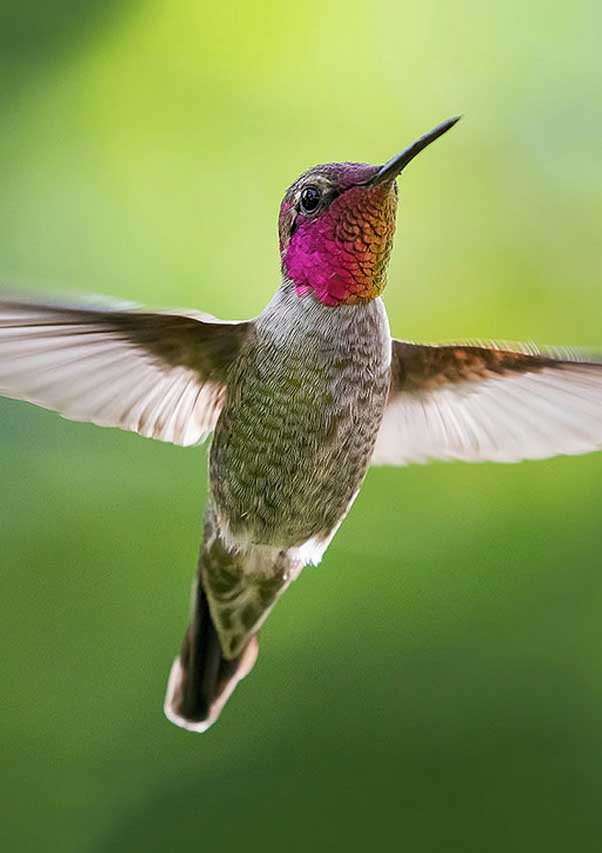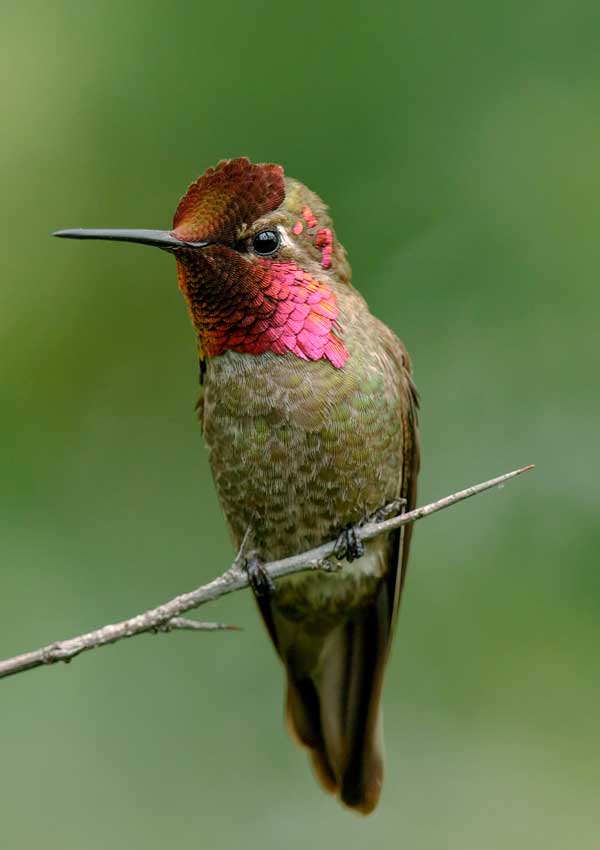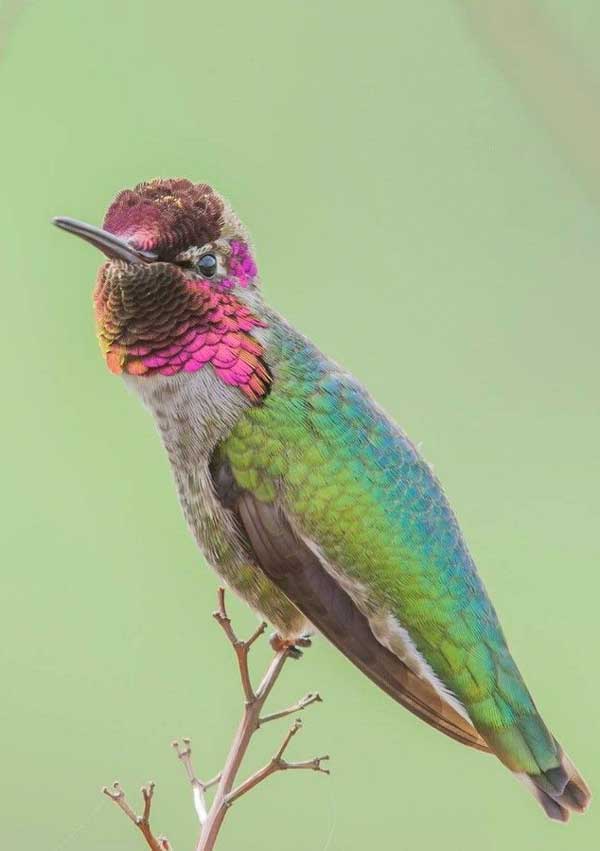Humming Birds
Magic in Motion
About Humming Birds
Your content goes here. Edit or remove this text inline or in the module Content settings. You can also style every aspect of this content in the module Design settings and even apply custom CSS to this text in the module Advanced settings.
Your content goes here. Edit or remove this text inline or in the module Content settings. You can also style every aspect of this content in the module Design settings and even apply custom CSS to this text in the module Advanced settings.
Anna’s Humming Bird
This hardy little bird is a permanent resident along our Pacific Coast, staying through the winter in many areas where no other hummingbirds are present. More vocal than most hummingbirds, males have a buzzy song, often given while perched. In recent decades the species has expanded its range, probably helped along by flowers and feeders in suburban gardens; it now nests north to British Columbia and east to Arizona.
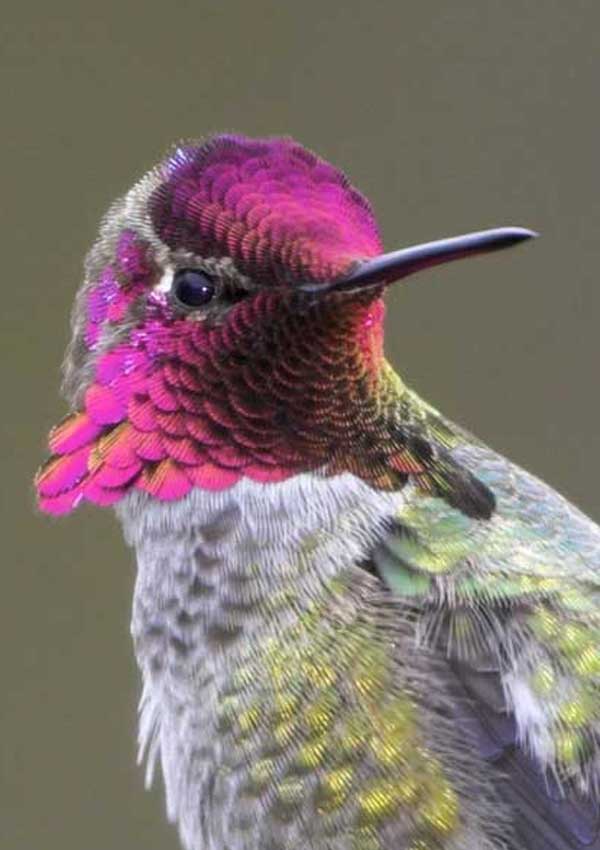
Name Goes Here
Position
Your content goes here. Edit or remove this text inline or in the module Content settings. You can also style every aspect of this content in the module Design settings and even apply custom CSS to this text in the module Advanced settings.
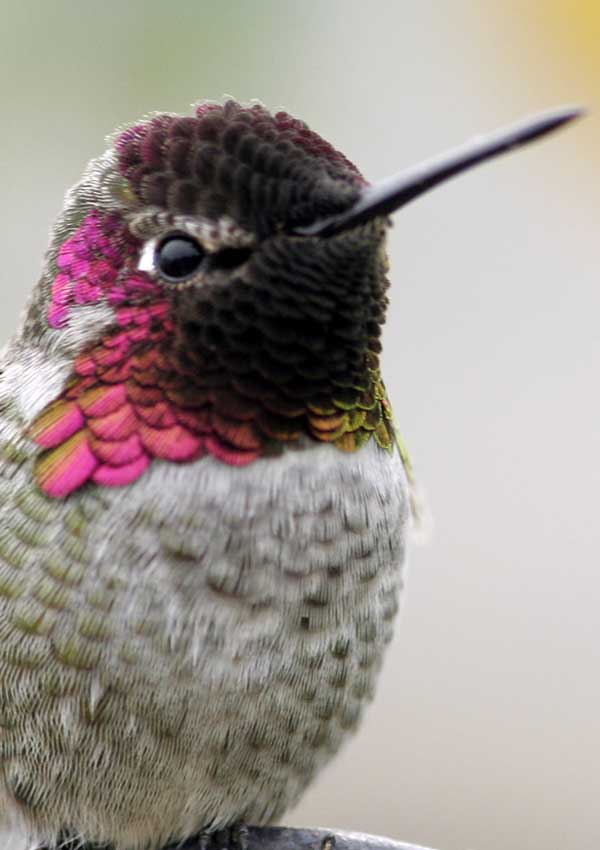
Name Goes Here
Position
Your content goes here. Edit or remove this text inline or in the module Content settings. You can also style every aspect of this content in the module Design settings and even apply custom CSS to this text in the module Advanced settings.
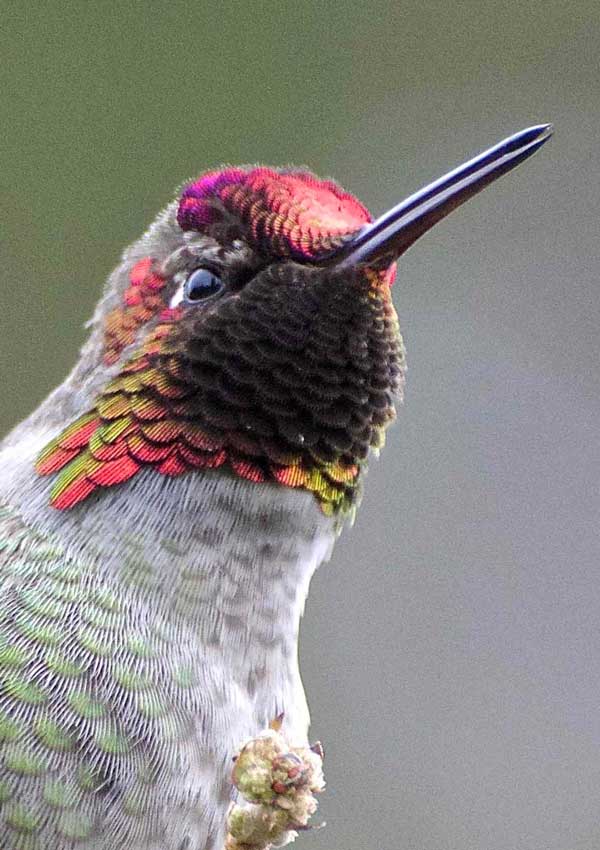
Name Goes Here
Position
Your content goes here. Edit or remove this text inline or in the module Content settings. You can also style every aspect of this content in the module Design settings and even apply custom CSS to this text in the module Advanced settings.
Feeding Behavior
At flowers, usually feeds while hovering, extending its bill and long tongue deep into the center of the flower. At feeders, may either hover or perch. To catch small insects, may fly out and take them in midair, or hover to pluck them from foliage.
Eggs
2. White. Incubation is by female only, 14-19 days. Young: Female feeds the young, sticking her bill deep into their mouths and regurgitating tiny insects, perhaps mixed with nectar. Age of young at first flight about 18-23 days.
Young
Female feeds the young, sticking her bill deep into their mouths and regurgitating tiny insects, perhaps mixed with nectar. Age of young at first flight about 18-23 days.
Diet
Mostly nectar and insects. Takes nectar from flowers, and will feed on tiny insects as well. Will also feed on sugar-water mixtures in hummingbird feeders.
Nesting
May begin nesting in December, or even earlier. In courtship display, male hovers in midair, giving buzzy song, then flies much higher; he then dives steeply toward the female, making a loud explosive popping sound at the bottom of the dive. Also buzzes back and forth in front of female in short shuttling flights. Nest site is variable, usually on a branch of tree or shrub, sometimes in vines, on wires, under eaves. Usually 4-25 feet above ground, can be lower or higher. Nest (built by female) is a compact cup of plant fibers and spider webs, lined with plant down and sometimes feathers, the outside camouflaged with lichens.
